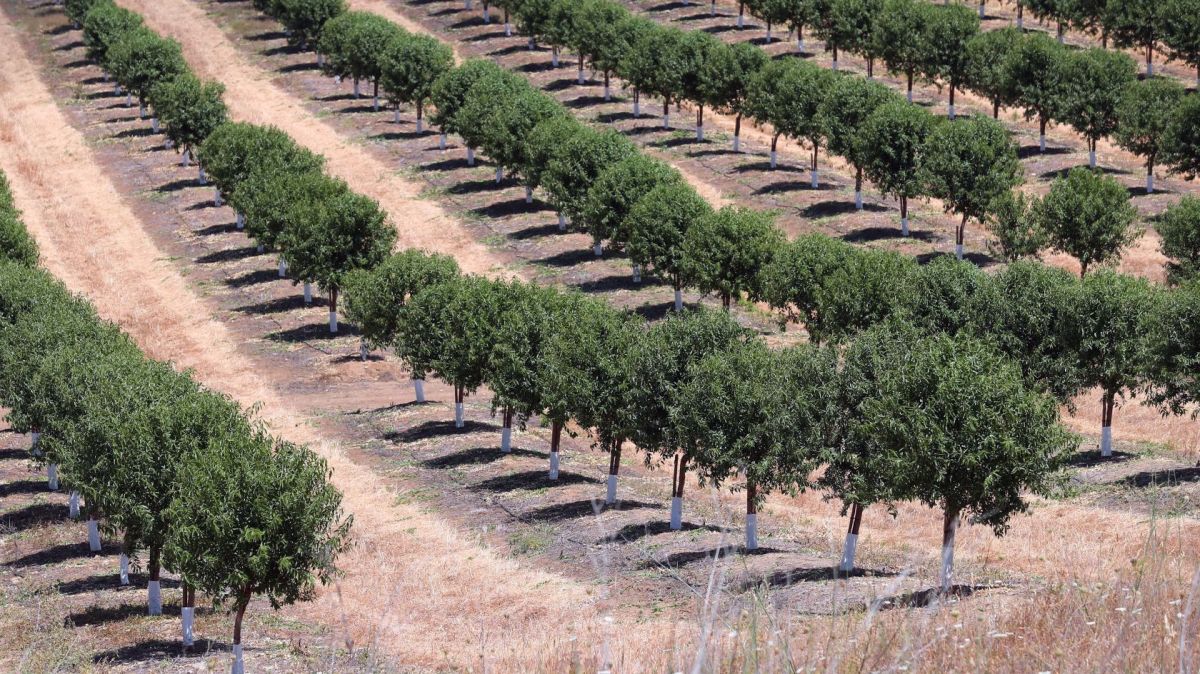With food prices getting higher, maybe it's time we all devoted a patch of the garden for growing some vegetables, but a novice gardener might be bewildered by the choices, and not know where to start. It doesn’t take a massive amount of time, but the benefits will be both satisfying to the pocket and the stomach!
Once you have found your suitable spot, the hard bit is prepping the ground first, and now is a good time before the soil is too dried out and becomes unworkable. Dig over your plot and get rid of the weeds and rocks, but don’t be too adventurous over your patch size if this is your first attempt, and a good idea (some would call this cheating!) is to create a square or rectangular area using old planks for the sides and infill with purchased soil or to mix your own soil with a few bags for an instant veggie plot. This effectively makes a raised bed – and will be kinder to your knees and back while weeding and ultimately, harvesting your crops.
Once you are ready, pick a selection of vegetables you know you will eat, as there is no point in growing something you won’t use.
You can start from seeds, but sometimes it is easier to buy a tray of seedlings whose journey to your table has been started already!
I have listed a few veggies you might want to start with – it's not a complete list by any means, but might be good for beginners.
Carrots
These are easy to grow provided the soil is loose and sandy, and you can just scatter the tiny seeds in a shallow trench, and once they start growing, thin them out so they have some growing room. If the crop is misshapen, short or deformed, this is often due to lumpy, rock soil, so the tip is to keep it loose and well-drained. The good thing about carrots is that if you get an abundant crop, you can blanch and freeze them once they have been cleaned up and sliced.
Lettuce
If you enjoy your salads, then lettuces would be easy, but take a tip if you are growing from seed, only sow a few to start with, wait a week or two before you sow some more – this will ensure you have a graduated crop, rather them all coming along at once and being wasted.
Lots of varieties to choose from, and leaves can be cut as they grow, and you can enjoy several harvests from the same plant by just snipping off what you need each time. Allow for 8 to 10 inches between plants. As you thin young plants, save the delicate small leaves for salads.
Beans
These grow even in fairly poor soils because they fix the nitrogen as they go. Bush varieties don’t require trellising, but pole varieties provide a more extended harvest. In cool areas, snap beans are easiest. In hot areas, lima beans, southern peas, and asparagus beans are also very easy to grow. All bean plants are fast growers and thrive in warm, moist soil.
Potatoes
Potatoes are another crop that are easy to grow from ‘seed potatoes’ you can buy, or you can use your old potatoes that are showing ‘sprouts’ – but the soil will need a bit more attention first by creating mounds around 8” high and 12” apart – and use one potato per mound. Use a serrated kitchen knife to cut the potato into chunks that each contain a sprout, but it doesn’t matter if one chunk has more than one sprout. Potato sprouts should be planted cut-side down, sprout-side facing up. You’ll want to plant each chunk 3-4″ below the surface of your mounds, so the plants have room to grow both below and above ground. Use a sunny spot and keep them watered and you will soon see the plants poking their greenery above ground. In general, it takes around 3 months before you can start digging up your spuds, but it will be well worth the wait!
Marilyn writes regularly for The Portugal News, and has lived in the Algarve for some years. A dog-lover, she has lived in Ireland, UK, Bermuda and the Isle of Man.











